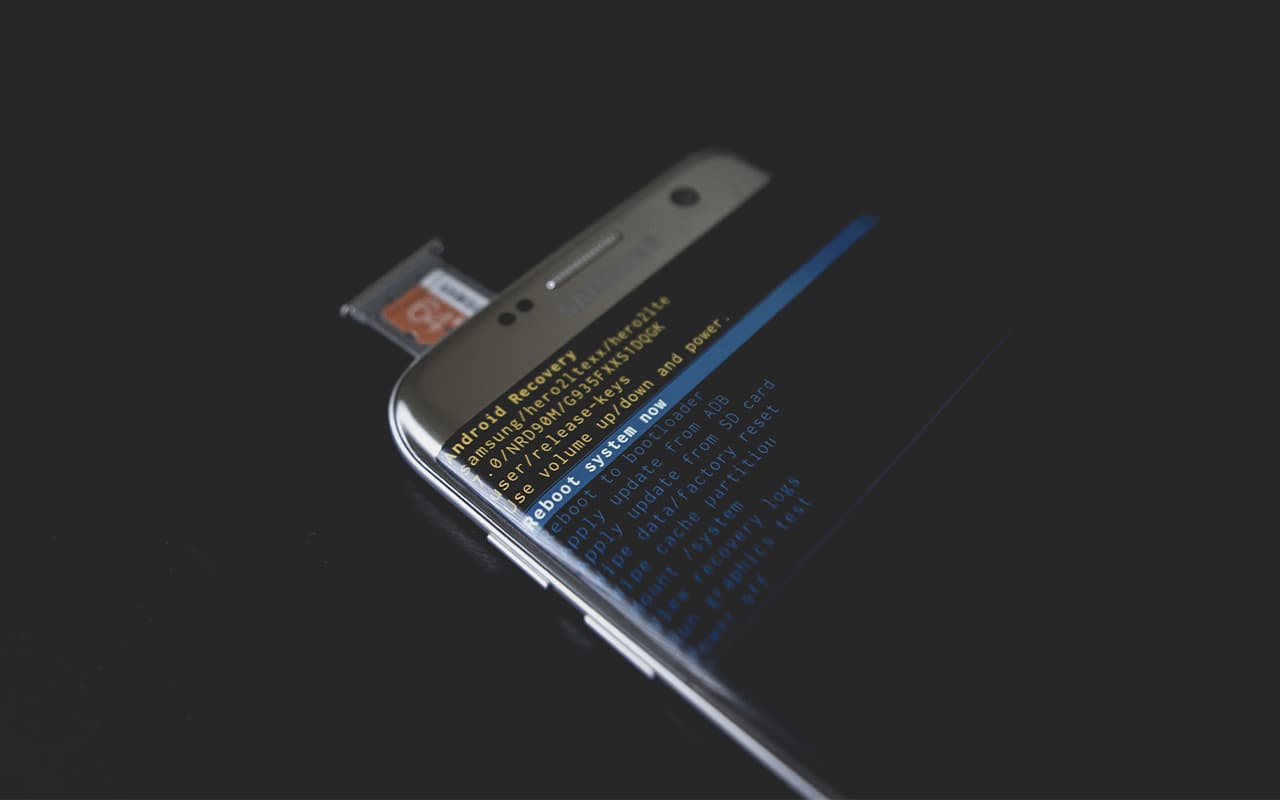Our team develops high-quality mobile applications for business. Native applications are created for a specific operating system (Android), which guarantees speed, energy efficiency, and full compatibility with the OS capabilities – from the camera and notifications to the payment system.
Stages:
Concept and development of technical specifications
The development of a mobile application begins with the elaboration of a concept that will make it unique and interesting for customers. We determine the purpose of the application, what problem/task it should solve. We make sure to study competitors’ apps, their strengths and weaknesses. We also study the target audience (TA) to know exactly how the app can interest them.
Interface design
Interface design is the creation of a top-level layout that reflects the structure and arrangement of the application elements. The mockup will help you determine:
- How the interface will look schematically – its structure, display of the main elements, their location on the screen. Also at this stage, we determine which functions and buttons will be on the main screen and which should be accessed through the menu.
- How users will interact with the application, how many transitions they will make to perform the target action.
- What functions will be available, which ones are the most important for users and should be prioritized.
- The mockup will help both the client and the developers. At the very beginning of the project, they should understand how the application will look like and whether it will meet the needs of users.
Interface design
The designer’s task is to make sure that the interface not only looks stylish, but also that the user can quickly and easily find the necessary functions and options.
Interface development consists of the following stages:
- Study of the company’s corporate identity (its logos, colors, etc.) and target audience.
- Creating screen layouts that will allow you to visualize the user’s interaction with the application.
- Development of visual design – simple shapes, laconic text, a single color scheme. Special attention is paid to buttons, fonts, animations, etc.
Development of functionality
The functionality depends on the purpose of the application. For example, if it is an online store, the application should provide the ability to put an item in the cart, make payment and purchase, track the status of the order, leave a review, etc.
All app functions are considered at the stage of creating the technical specification, and the development team has to implement them. Front-end developers work with the interface. Their task is to “revive” the screen layouts created by the designer and connect them to each other. Backend developers program the internal part of the application – architecture, logic, server, database, API.
The development of functionality is one of the most difficult stages, and its timing depends on the complexity and scale of the project.
Testing and debugging
To ensure that the mobile application works stably, without errors and failures, you should test each stage of development. This allows you to detect errors in time.
Technical testing of the application is carried out by QA specialists. The tester checks all the functions of the application, makes sure that the application works correctly in different conditions (changing Internet speed, on different devices, on different versions of Android). They also test performance, security, and integration with various systems and services (database, analytical programs, payment systems).
Programmers immediately fix any errors found. When the testing of a certain stage is completed, they move on to the next phase of work.
Connecting analytics
Connecting analytics to a mobile application allows you to collect and analyze data:
Use a third-party service (Google Analytics, Firebase Analytics) that provides tools for collecting, processing, and analyzing data on user behavior. To connect the service, a special library or SDK is added to the application.
Creating your own analytical system from scratch is an option for large businesses that can afford the costs of such a project. To develop it, you need to create a special library or SDK that will collect data on user behavior and send it to the server for further processing and analysis.
Publication on Google Play
When the application is created and tested, you need to launch the mobile application on Google Play. This process consists of several stages:
Client registration on the respective platforms
Final check of the application for compliance with the requirements for publication on Google Play. We create the application in accordance with all the rules, but they are constantly updated, so before publishing, we additionally check the current guidelines.
Publishing an app – this process can take several days and sometimes several weeks.
After the app is published, you shouldn’t forget about its support and updates.
